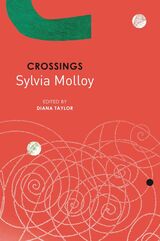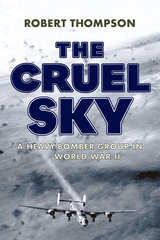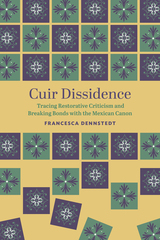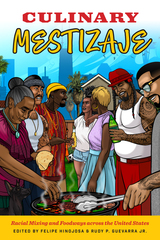2 books about Residence

Two Years in the Pontifical Zouaves
A Narrative of Travel, Residence, and Experience in the Roman States
Joseph Powell
Catholic University of America Press, 2026
Following the formation of the kingdom of Italy in 1860, the new Italian government, led by its King, Victor Emmanuel II, turned its attention to the city it intended to make its capital, the Eternal City, Caput Mundi, Rome. One major obstacle stood in their path, the Papal States, under the leadership of Pius IX and under the protection of French soldiers sent by Emperor Napoleon III. For the Italian nationalist leader Giuseppe Garibaldi, a ferocious anticlerical who had an uneasy alliance with the monarchial Italian government, the Papacy would no longer be allowed to hold back Italy's progress into the modern world. As French commitments to preserve the independence of the Vatican waned, it increasingly fell to one of the most remarkable military units in the history of modern Europe to protect the center of Western Christendom. This unit was the Papal Zouaves, soldiers and officers from all over the world drawn by their Catholic faith to fight on behalf of the Pope against an Italian government which was ruthless in enforcing its authority. They came from as near as Switzerland and Belgium and as far away as Canada and China. This is the memoir of one of the, and Englishmen named Joseph Powell. His story is a chronicle of one of the most tragic clashes of church and state, and how ancient institutions fought to protect their existence against the ruthless waves of modernity.
[more]
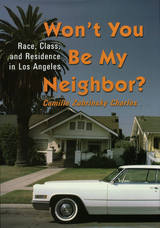
Won't You be My Neighbor
Race, Class, and Residence in Los Angeles
Camille Zubrinksy Charles
Russell Sage Foundation, 2006
Los Angeles is a city of delicate racial and ethnic balance. As evidenced by the 1965 Watts violence, the 1992 Rodney King riots, and this year's award-winning film Crash, the city's myriad racial groups coexist uneasily together, often on the brink of confrontation. In fact, Los Angeles is highly segregated, with racial and ethnic groups clustered in homogeneous neighborhoods. These residential groupings have profound effects on the economic well-being and quality of life of residents, dictating which jobs they can access, which social networks they can tap in to, and which schools they attend. In Won't You Be My Neighbor?, sociologist Camille Zubrinsky Charles explores how modern racial attitudes shape and are shaped by the places in which people live. Using in-depth survey data and information from focus groups with members of L.A.'s largest racial and ethnic groups, Won't You Be My Neighbor? explores why Los Angeles remains a segregated city. Charles finds that people of all backgrounds prefer both racial integration and a critical mass of same-race neighbors. When asked to reveal their preferred level of racial integration, people of all races show a clear and consistent order of preference, with whites considered the most highly desired neighbors and blacks the least desirable. This is even true among recent immigrants who have little experience with American race relations. Charles finds that these preferences, which are driven primarily by racial prejudice and minority-group fears of white hostility, taken together with financial considerations, strongly affect people's decisions about where they live. Still, Charles offers reasons for optimism: over time and with increased exposure to other racial and ethnic groups, people show an increased willingness to live with neighbors of other races. In a racially and ethnically diverse city, segregated neighborhoods can foster distrust, reinforce stereotypes, and agitate inter-group tensions. Won't You Be My Neighbor? zeroes in on segregated neighborhoods to provide a compelling examination of the way contemporary racial attitudes shape, and are shaped by, the places where we live.
[more]
READERS
Browse our collection.
PUBLISHERS
See BiblioVault's publisher services.
STUDENT SERVICES
Files for college accessibility offices.
UChicago Accessibility Resources
home | accessibility | search | about | contact us
BiblioVault ® 2001 - 2025
The University of Chicago Press


